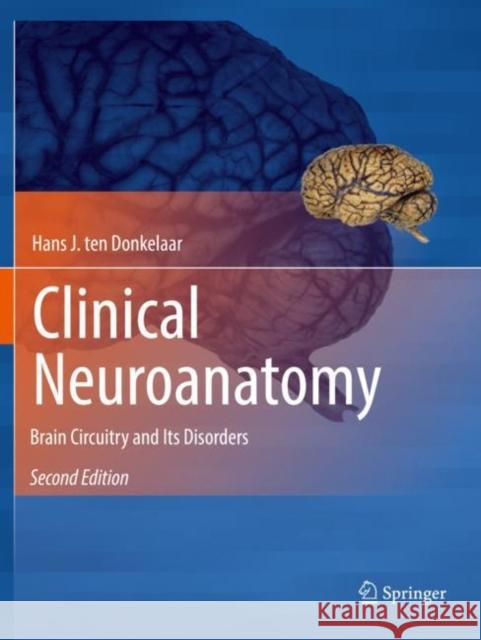Clinical Neuroanatomy: Brain Circuitry and Its Disorders » książka
topmenu
Clinical Neuroanatomy: Brain Circuitry and Its Disorders
ISBN-13: 9783030418809 / Angielski / Miękka / 2021 / 981 str.
Clinical Neuroanatomy: Brain Circuitry and Its Disorders
ISBN-13: 9783030418809 / Angielski / Miękka / 2021 / 981 str.
cena 1006,38
(netto: 958,46 VAT: 5%)
Najniższa cena z 30 dni: 963,86
(netto: 958,46 VAT: 5%)
Najniższa cena z 30 dni: 963,86
Termin realizacji zamówienia:
ok. 22 dni roboczych.
ok. 22 dni roboczych.
Darmowa dostawa!
Kategorie BISAC:
Wydawca:
Springer
Język:
Angielski
ISBN-13:
9783030418809
Rok wydania:
2021
Wydanie:
2020
Ilość stron:
981
Oprawa:
Miękka
Wolumenów:
01
Dodatkowe informacje:
Wydanie ilustrowane











